One of the central goals of any organization—be it a small family business, a multinational corporation, or a public institution—is to communicate effectively and efficiently. Communication does far more than keep everyone “in the loop.” It enables informed decision-making, fosters collaboration, helps resolve conflicts, and drives the organization toward its strategic objectives. Yet, as you might guess, not all communication tasks are equal. Some are as simple as passing along a routine announcement, while others involve navigating complex, ambiguous issues that shape the organization’s future. Understanding how to choose the appropriate mode of communication for these varied situations is precisely what the work of Richard L. Daft and Robert H. Lengel sheds light on in their seminal research on media richness theory, introduced in the paper “Organizational Information Requirements, Media Richness, and Structural Design.”
In what follows, we will thoroughly explore the conceptual underpinnings of this theory, illustrate its implications in practical contexts, and provide guidance on how organizations can harness these insights in today’s digitally transformed environment. This discussion will be in an approachable tone, yet will carry the depth and nuance you’d expect from a scholarly lecture.
Two Core Communication Challenges: Uncertainty and Equivocality
To appreciate why media richness matters, we must understand the fundamental challenges that organizations face when processing information. Daft and Lengel highlight two critical concepts:
- Uncertainty: This occurs when you simply do not have enough data or concrete facts to make a decision. For example, imagine a supply chain manager who needs to determine how many units of a product to order next quarter. If the manager lacks sales forecasts or has only incomplete historical data, they face uncertainty. They know what they need—numbers and trends—but this information is not yet available.
- Equivocality: Equivocality arises not from a lack of information, but rather from the presence of ambiguous information. In these situations, the data itself can be interpreted in multiple valid ways. Picture a corporate memo that announces a “new strategic initiative” without specifying whether this means targeting a new market, adopting a new technology, or reorganizing a product division. The memo might be factually complete, but its meaning is not entirely clear. Different people might draw different conclusions, creating confusion and debate.
Addressing both uncertainty and equivocality is paramount. Yet, how organizations tackle these challenges depends significantly on how they communicate.
Introducing Media Richness Theory
Media richness theory provides a powerful framework for thinking about which communication tools work best in different situations. According to Daft and Lengel, various communication media—face-to-face meetings, phone calls, emails, text messages, formal reports—differ in how well they can convey rich, nuanced information and resolve ambiguous situations.
A medium is considered “richer” if it can handle not only straightforward information but also subtle cues, emotional tones, rapid feedback loops, and layers of meaning. It helps to think of media richness as a continuum:
- Highly Rich Media: Face-to-face conversations are the gold standard. In-person communication allows immediate feedback (you can ask clarifying questions on the spot), uses multiple channels of expression (voice tone, facial expressions, gestures), supports natural language, and fosters personal connection. Video conferencing approximates many of these qualities, though still not perfectly.
- Moderately Rich Media: Telephone calls or audio conferences allow immediate feedback and natural language, but they lack visual cues like facial expressions. Still, they permit more nuance than a written note.
- Lean Media: At the lean end, we have emails, memos, and formal reports. These channels are efficient for sharing straightforward, factual information. They provide a single communication channel (written text), lack immediate interactive feedback, and generally cannot easily convey emotional or situational nuance.
Daft and Lengel argue that, while no communication medium is “better” in an absolute sense, some media are better suited for particular tasks than others.
Fitting the Medium to the Task
The crux of media richness theory is matching the complexity and nature of the task with the appropriate level of media richness.
- High Equivocality (Complex, Ambiguous Issues): When you are dealing with a scenario laden with interpretive challenges—such as strategy development, conflict resolution, or exploring new, uncertain market opportunities—you need rich media. Why? Because you want to be able to question, debate, and refine your understanding in real-time. Face-to-face meetings, video calls, or even small-group discussions allow participants to pick up on nonverbal cues, ask questions immediately, and collectively reach a clearer interpretation. The richer the medium, the easier it is to untangle confusion, align interpretations, and move forward confidently.
- Low Equivocality (Routine, Straightforward Information): When the task at hand is relatively simple—say confirming shipment dates that are already finalized, sending out sales figures from a stable, predictable market, or announcing a meeting time—lean media such as emails or brief memos will suffice. These channels are efficient and clear, saving time and resources, since no heavy interpretation is needed.
If you mismatch medium and task—using lean media to handle complex, ambiguous issues or excessively rich media for simple updates—you risk inefficiency, confusion, wasted time, and even conflict.
Linking Communication to Organizational Structure
Daft and Lengel’s insights extend beyond individual communication events to inform how organizations should be structured. They discuss two contrasting organizational forms:
- Mechanistic Structures: These are traditional, rule-based, and hierarchical organizations. They thrive in stable environments where tasks are relatively routine, and uncertainty is low. In such settings, lean media (like written directives and scheduled reports) fit well. A classic example is a production line in a manufacturing firm, where standardized instructions and predefined protocols reduce ambiguity. In a mechanistic structure, the focus is on efficient, predictable communication channels that suit routine tasks.
- Organic Structures: These are more fluid, flexible, and less centralized. They emerge in dynamic environments where tasks are non-routine, strategic decisions are complex, and adaptation is essential. Here, richer media channels are beneficial. Teams collaborate extensively, meet face-to-face, and engage in open-ended dialogue. A technology startup working on cutting-edge innovations, for instance, needs this kind of interactive, nuanced communication to navigate constant change and complexity.
By recognizing whether an organization’s environment and tasks are more routine or more equivocal, managers can design structures and communication systems that align with their situational needs.
Practical Applications: Bringing Media Richness into Everyday Organizational Life
Media richness theory remains highly relevant in the modern era, where organizations face heightened complexity, rapid technological advances, and increasingly distributed teams.
- Management Strategies: Managers can improve decision-making and team performance by consciously selecting the right medium. For instance, sensitive performance reviews or crisis management sessions should occur face-to-face or via live video calls, not through impersonal emails. On the other hand, a simple project update might be best handled through a concise written report.
- Remote and Hybrid Work: With remote and hybrid work models on the rise, organizations must leverage digital communication tools wisely. Modern platforms like Zoom, Teams, or Slack offer various levels of richness. A quick text-based channel might suffice for daily check-ins, while video calls should be reserved for complex brainstorming sessions or tough problems requiring immediate back-and-forth discussion.
- Technological Evolution: Over time, technological innovations have blurred the lines between lean and rich media. Interactive messaging platforms, virtual reality meetings, and AI-driven chatbots can offer features approaching rich media’s immediacy and nuance. Understanding media richness theory allows organizations to evaluate new tools critically and integrate them where they add the most value.
Limitations and Future Considerations
While the framework is robust, it is not without limitations. For one, cultural contexts can influence how people perceive the richness or appropriateness of a medium. In some cultures, face-to-face conversations carry more weight than written communication, while in others, written records might be preferred for their permanence and clarity. Additionally, individual differences play a role; some people are more comfortable with asynchronous email exchanges, while others prefer live interaction.
Moreover, the rapid evolution of technology means what we consider “rich” today might shift tomorrow. Advances in artificial intelligence, augmented and virtual reality tools, and sentiment analysis could offer new ways to inject richness and clarity into communication.
Nevertheless, the core principles remain remarkably robust: The key is to think deliberately about the nature of the task and choose the communication medium that best fits those requirements.
Conclusion: A Lasting Framework for Organizational Communication
Daft and Lengel’s media richness theory offers an enduring lens through which to view organizational communication. By understanding that different channels vary in their capacity to convey nuanced meaning, and by aligning that capacity with the complexity of the tasks at hand, organizations can communicate more effectively, reduce confusion, and improve the quality and speed of decision-making.
This theory not only provides practical guidance for managers selecting the right tool—whether a brief memo, a conference call, or an in-person meeting—but also speaks to the larger design of the organization. Structures that face constant flux and complexity will naturally gravitate toward richer communication patterns, while those dealing with stable, routine tasks can rely on leaner, more standardized channels.
In our increasingly complex and interconnected world, media richness theory remains a vital guidepost for anyone seeking to create a well-functioning, transparent, and adaptive organization—one that leverages the right communication methods to meet its specific information needs and challenges.
In short, understanding media richness theory empowers all members of an organization, from front-line employees to top-level executives, to become more mindful communicators. When people choose the medium that truly fits the message, everyone benefits: decisions become clearer, relationships stronger, and the organization more capable of navigating a complex environment with confidence and agility.

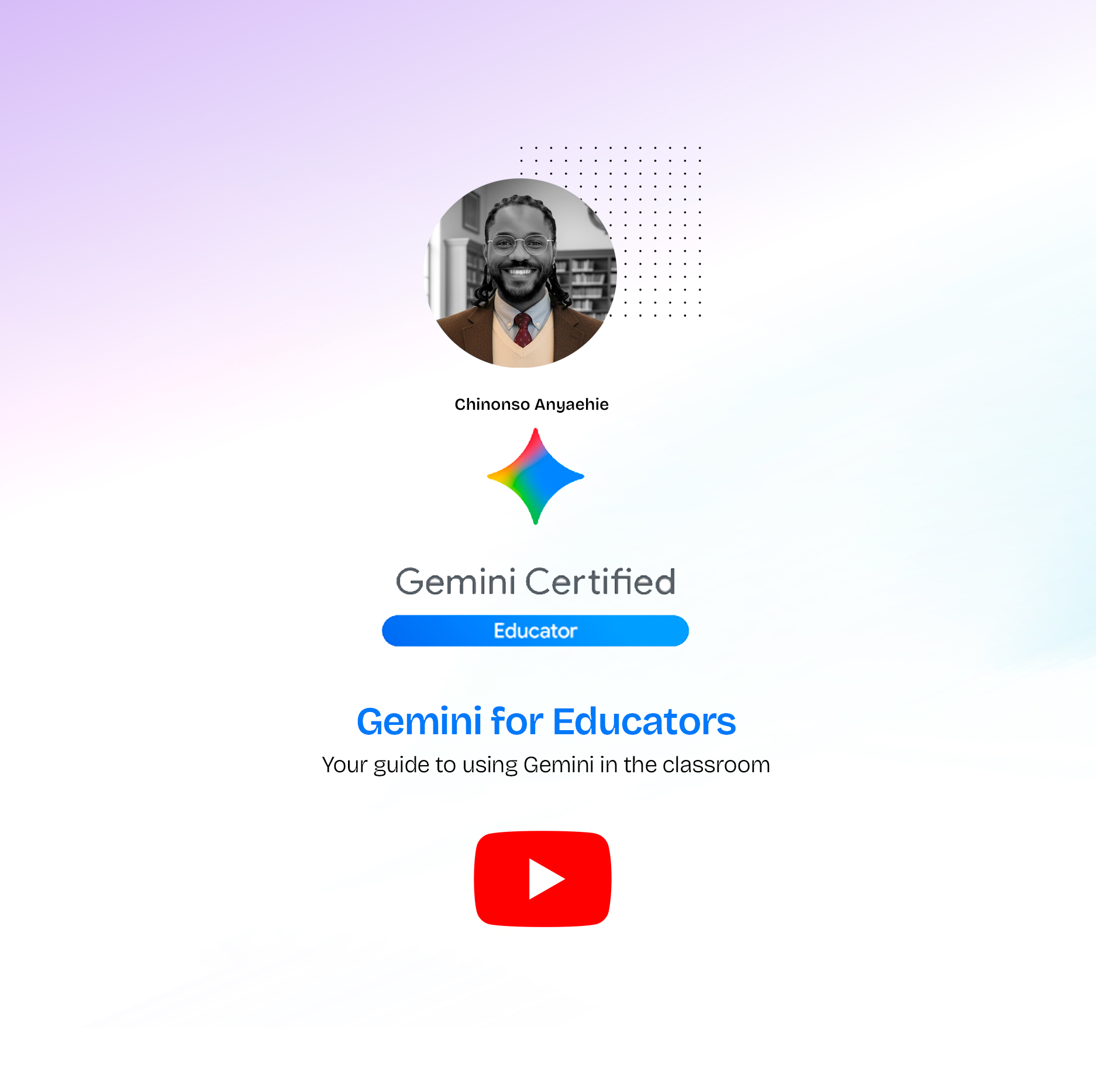
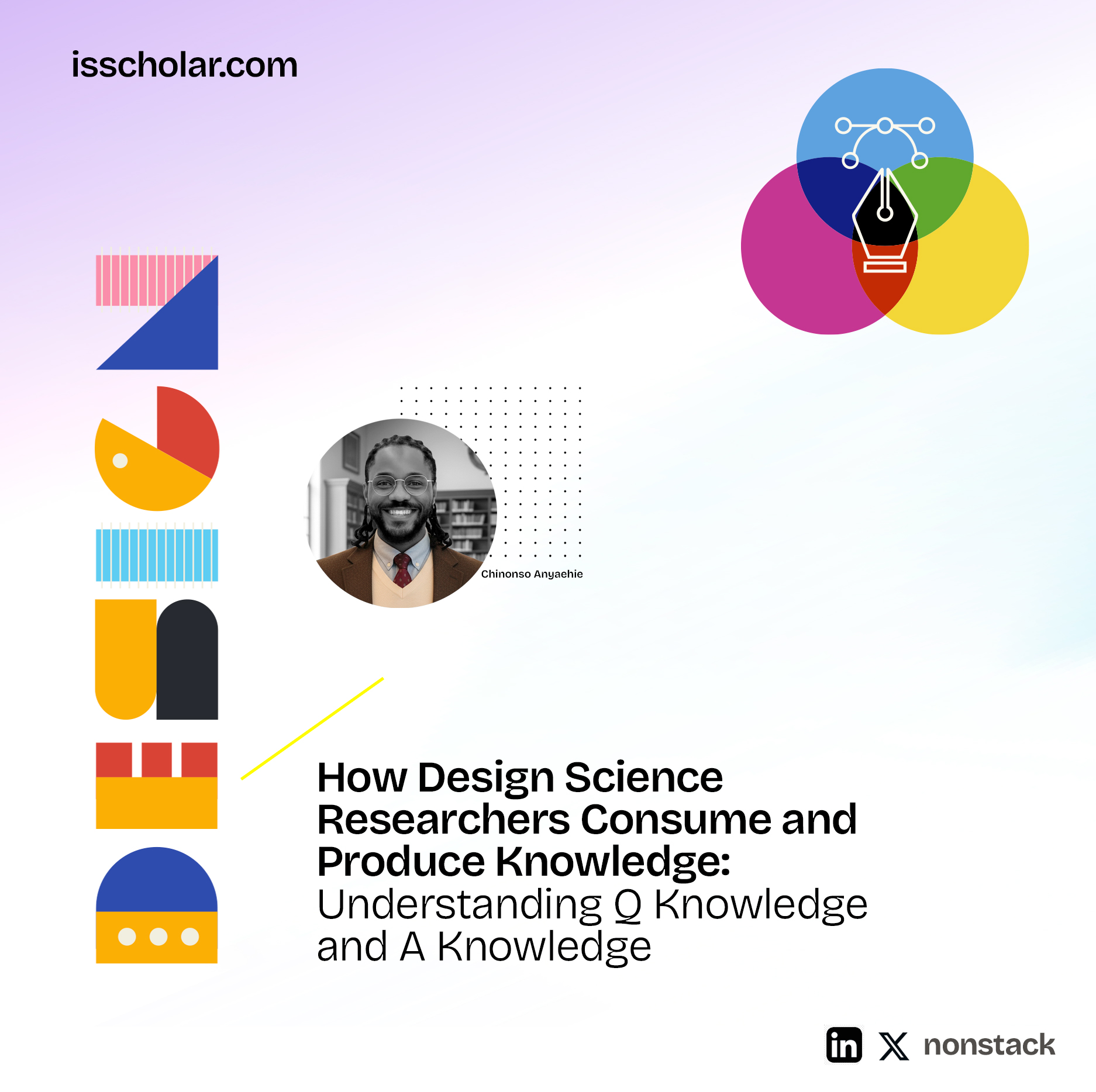
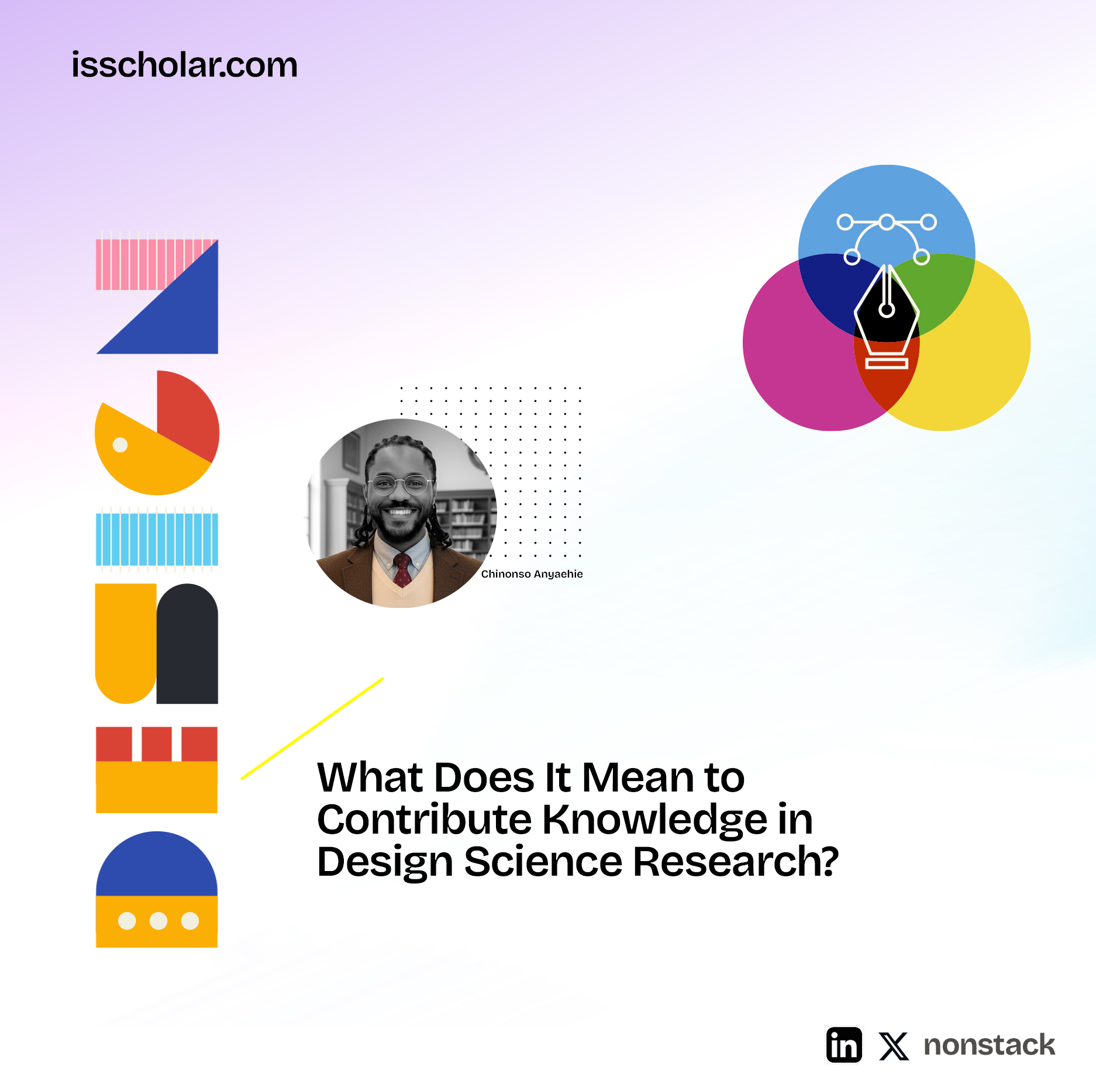

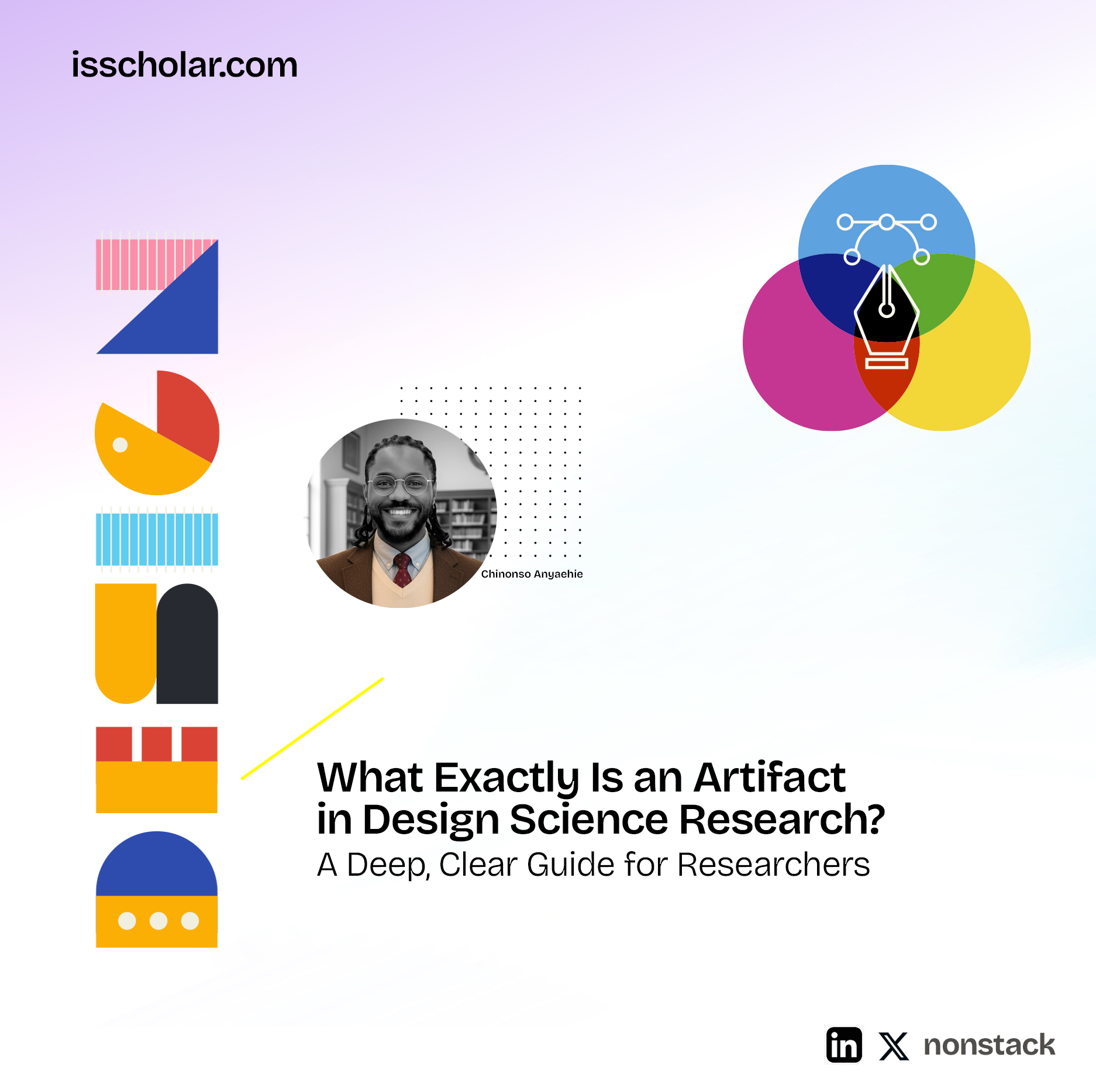
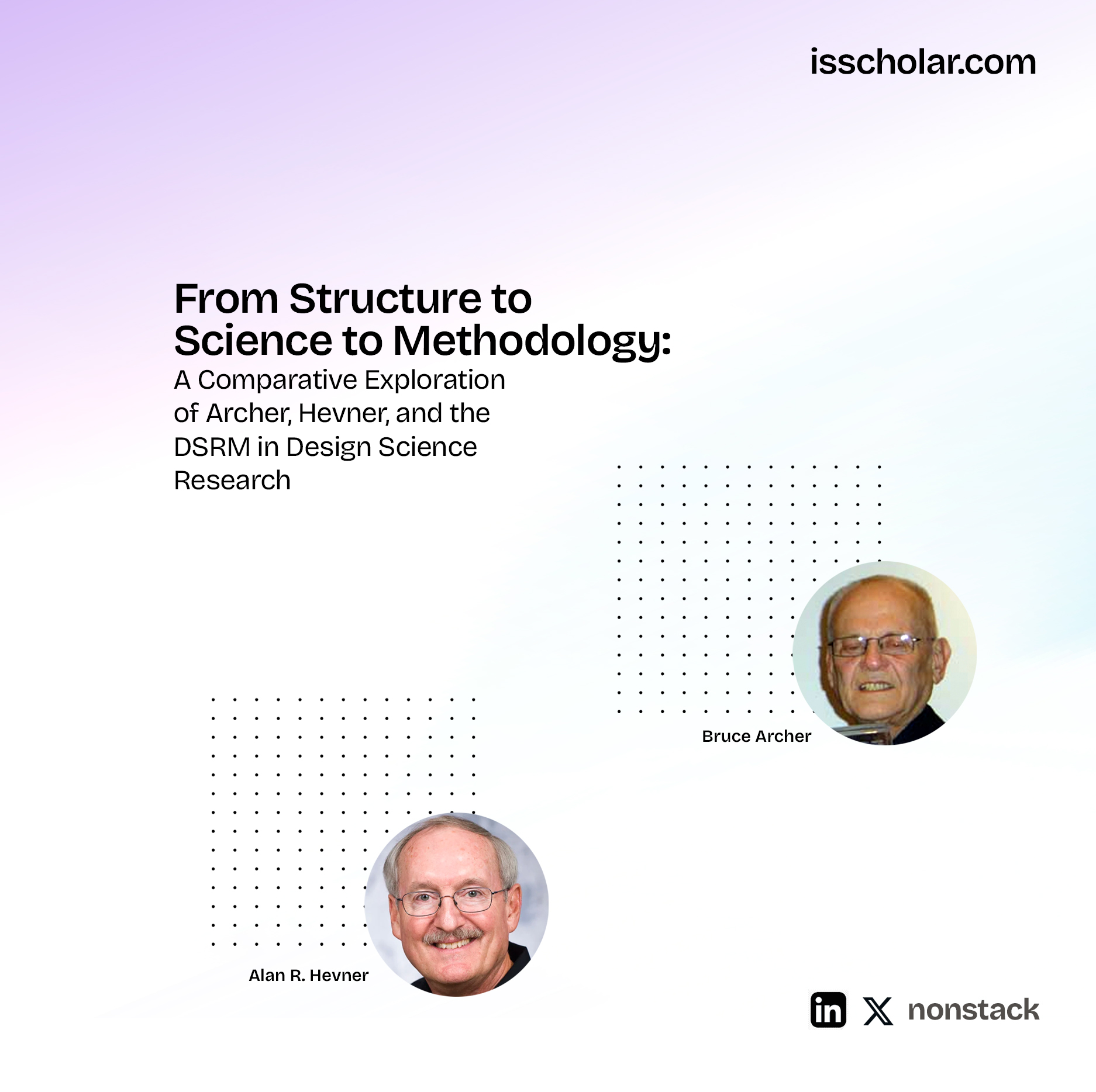
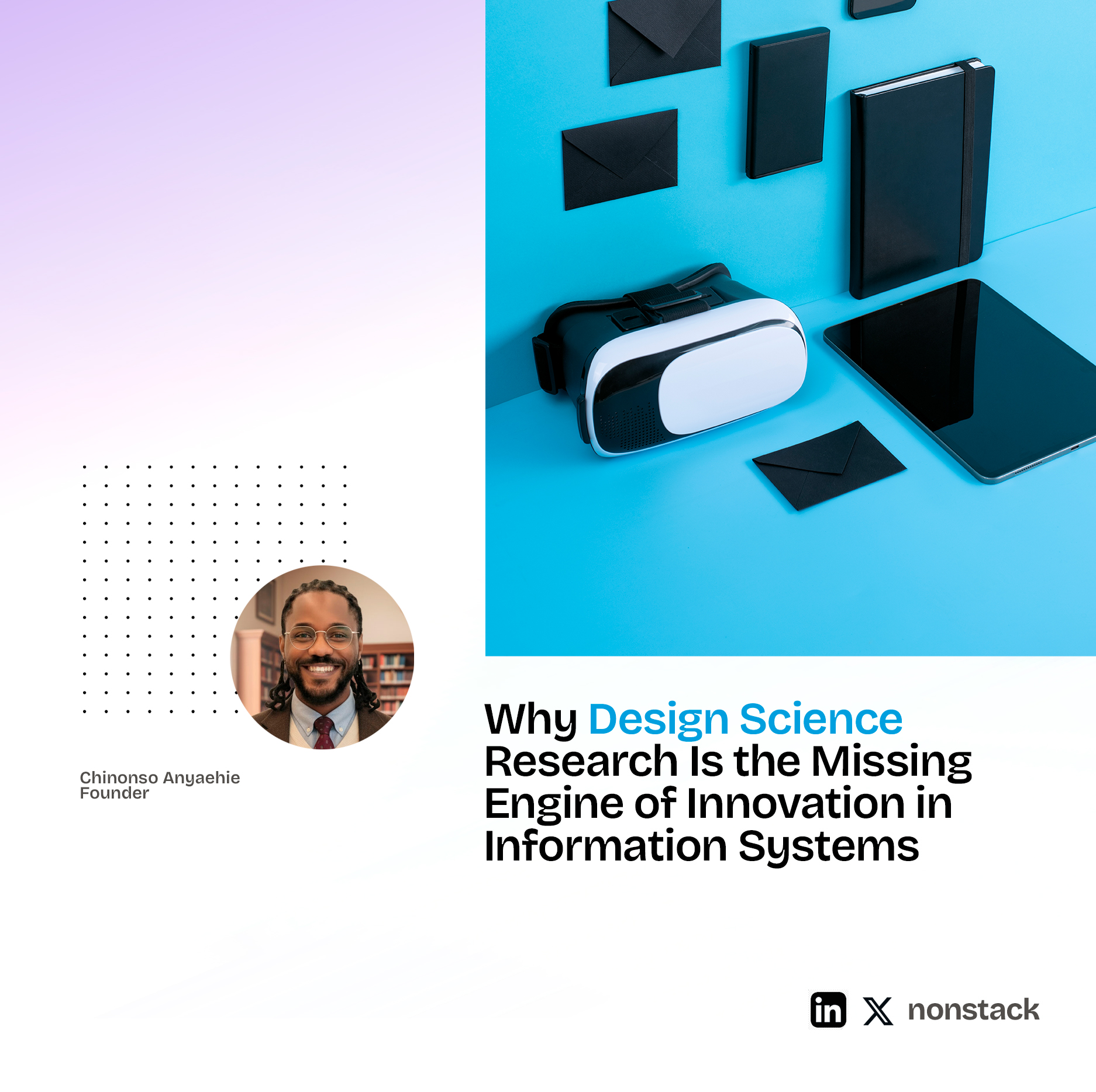
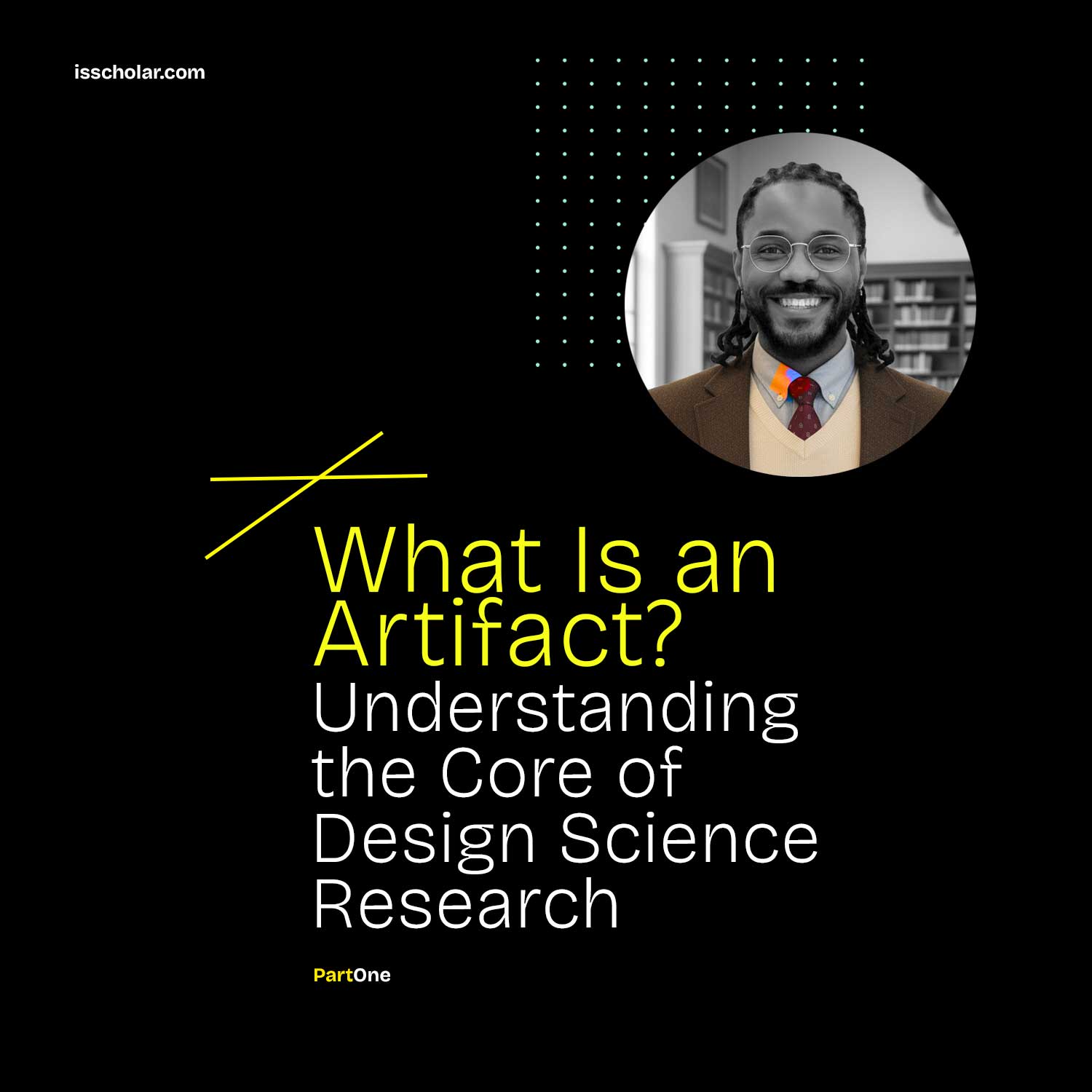
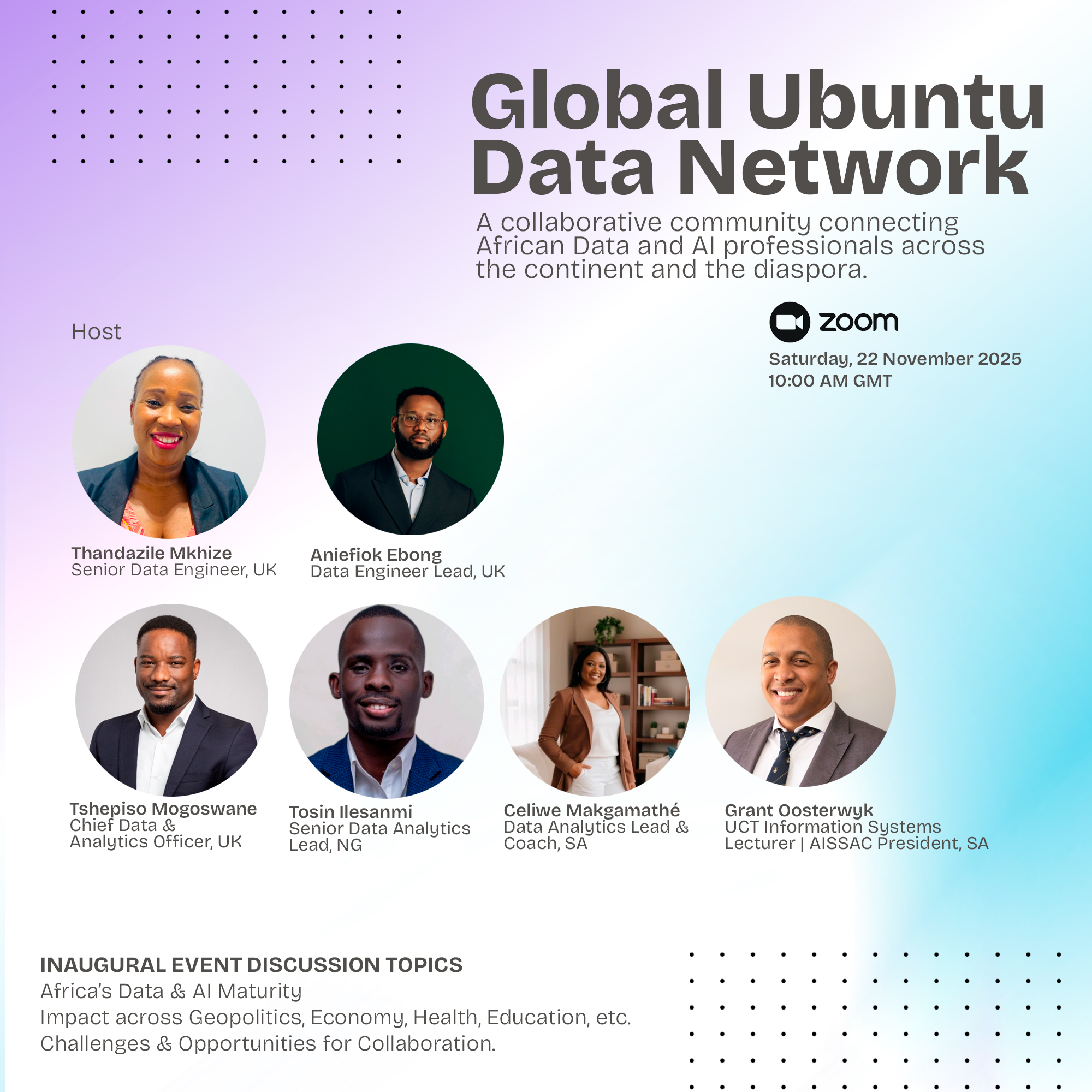
Leave a Reply